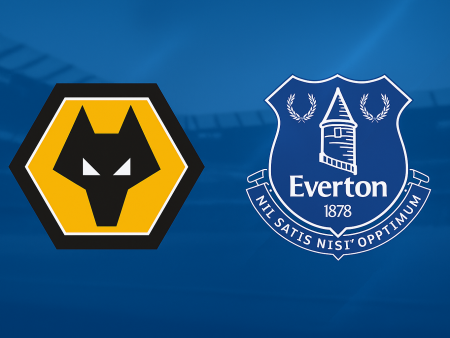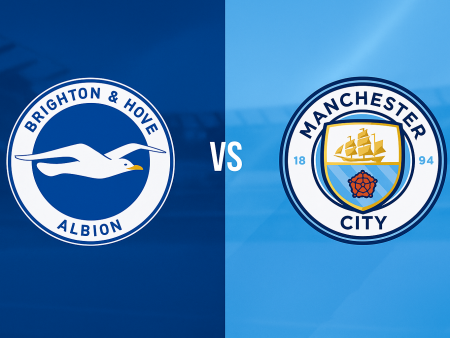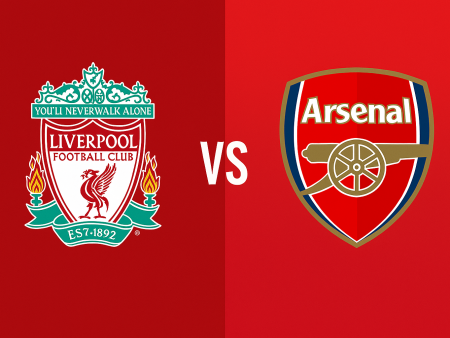Manchester United’s Tactical Masterclass: Breaking Manchester City's Streak in the Derby
Manchester United emerged victorious in the highly anticipated Manchester derby on March 7, 2021, halting Manchester City’s remarkable unbeaten run with a 2-0 win at the Etihad Stadium. Ole Gunnar Solskjaer continued his impressive record against Pep Guardiola, relying on organized defense and rapid attacking transitions to outmaneuver City. This tactical breakdown examines how Manchester United secured triumph through structure, pressing, and counter-attacking flair.
Formation Choices and Team Selection
Both sides lined up with formations true to their managers’ philosophies. Manchester United maintained their dependable 4-2-3-1, emphasizing a responsive, counter-attacking style. Manchester City, as expected under Guardiola, employed a possession-dominated 4-3-3 setup.
Team news offered minimal surprises-Daniel James retained his spot in United’s attacking unit, preferred over Mason Greenwood due to James’ pace and effectiveness in pressing. Anthony Martial started up front, providing the ability to support midfield buildup and stretch City’s backline-roles crucial to withstanding City’s high press. Notably, Edinson Cavani and Phil Foden were relegated to the bench, allowing for fine-tuned tactical maneuvering later in the contest. Manchester United’s starting choices underpinned the team’s plan to disrupt City’s tempo and exploit any spaces offered.
High-Intensity Pressing: United’s Disruptive Blueprint
Manchester United's pressing was pivotal in controlling the match dynamic. Utilizing their 4-2-3-1 formation, United frequently compressed into a fluid diamond shape when pressing higher up the pitch, at times resembling a 4-2-4 or adapting to a 4-4-2, depending on pressure zones.
This aggressive press was designed less to retrieve possession outright and more to deny City comfort, time, and central routes for progression:
- United’s attackers harried City’s defenders, forcing rushed passes and disrupting buildup from deep.
- The midfield diamond ensured compactness, shuffling laterally to force City toward ineffective wide switches.
- When out of shape, United’s players quickly adjusted to remain tight and organized, minimizing passing lanes and space.
While City seldom found brief moments of respite by exploiting positional rotations, these were rare. United’s relentless collective pressure consistently resulted in turnovers or forced City to retreat, limiting their trademark rhythm. Moreover, many of United’s best attacking opportunities originated directly from transitions following successful pressing sequences.
Counter-Attacking Prowess and Quick Transitions
A central pillar of Manchester United’s approach was lightning-fast counter-attacks, a hallmark of Solskjaer’s tenure. The opening goal came through a penalty earned after a turnover from a City throw-in, underscoring United’s willingness to spring forward quickly upon regaining possession.
Key points of United’s transitional superiority included:
- Swift dribbling and direct runs from attackers such as James, Rashford, and Martial, constantly stretching City’s recuperating defense.
- Luke Shaw provided overlapping runs and width on the left, creating overloads and supporting transitions.
- Bruno Fernandes’ vision and distribution proved vital, allowing United to bypass City’s midfield shield-most notably Rodri-via sharp changes in play direction.
Though United didn’t capitalize on every break, most of their best opportunities came during these fast transitions. Their blend of pace and awareness was instrumental in unsettling City throughout, culminating in securing the decisive second goal.
Manchester City's Struggles to Penetrate United’s Defense
Despite their dominance in possession, Manchester City encountered persistent difficulties penetrating United’s defensive lines. Their attacking strategy became overly reliant on the left flank, featuring Sterling, Gundogan, and Jesus, while the right struggled to make an impact.
Defensive highlights that stifled City's attacks included:
- Aaron Wan-Bissaka and Scott McTominay effectively neutralized threats on the right, winning crucial duels and reclaiming possession.
- United’s structure forced City to attempt switches, but City often failed to build sufficient momentum before United reorganized.
- City’s key playmakers, such as De Bruyne and Mahrez, were forced to adjust their positions, becoming less effective as United’s sustained discipline and compactness closed off spaces.
Additionally, notable City performers, including Raheem Sterling and Gabriel Jesus, were largely contained by United’s defensive duo of Lindelöf and Maguire, while João Cancelo and De Bruyne struggled for influence on the right wing. This collective effort by United not only frustrated City but also limited their ability to create high-quality chances.
Tactical Lessons from the Manchester Derby
This encounter exemplified the challenges Manchester City have sometimes faced against well-organized, counter-attacking teams. Similar issues have troubled Guardiola in past encounters with sides such as Wolves and West Ham, whose efficient transitions exposed gaps behind City’s pressing midfielders.
United’s success rested on a blend of tactical discipline, coordinated pressing, and exploitation of transitional opportunities-an approach that has consistently yielded positive results for Solskjaer in recent derbies.
Conclusion: A Blueprint for Success Against City?
Manchester United’s 2-0 derby win highlighted the effectiveness of tactical organization, energetic pressing, and swift counter-attacks against possession-focused teams like Manchester City. By maintaining defensive compactness and transitioning rapidly, United not only ended City’s long unbeaten streak but also demonstrated a template for future opponents seeking to unseat the Premier League leaders.
For further insights and detailed match breakdowns, explore additional tactical analyses and Premier League coverage across leading football analysis platforms.













